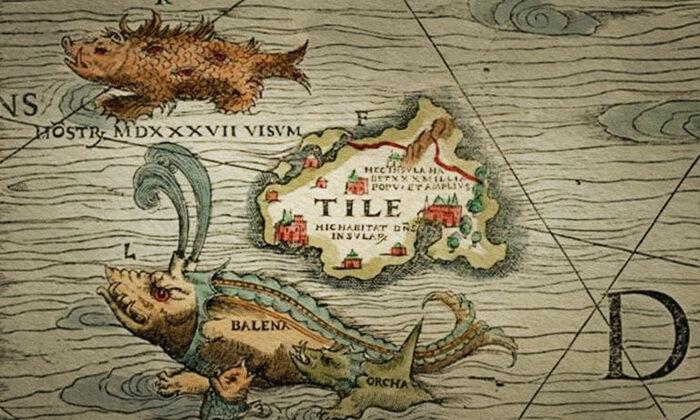The origin of human beings (anatomically modern Homo sapiens) and their movement across the globe have been fundamental questions in human evolutionary studies for over a century. While the accepted theory states that Homo sapiens evolved in Africa around 200,000 years ago and migrated out of Africa about 60,000 years ago, new archaeological findings are consistently challenging this now outdated perspective. A report published in New Scientist draws attention to recent discoveries in China and south-east Asia, which suggest that Homo sapiens inhabited the region long before the Out-of-Africa Theory would have us believe.
Last month, Christopher Bae of the University of Hawaii at Manoa, Wei Wang of the Guangxi Museum of Nationalities in Nanning, China, and their colleagues announced the discovery of two teeth from the Luna cave in China’s Guangxi Zhuang region, which testing suggests belonged to an early Homo sapiens. The study, published in Quaternary International, revealed that calcite crystals, which formed as water flowed over the teeth and the cave floor, date them to between 70,000 and 125,000 years ago. So Bae and Wang say they are evidence of an early wave of modern humans in eastern Asia.
However, this is not the only discovery of human fossils outside Africa to upset conventional notions of when our ancestors migrated out of Africa. In the last decade, archaeologists found an upper jaw from an early modern human dating back 150,000 years in Misliya cave, located in what is now Israel, as well as a jawbone and two molars from Zhirendong, a cave in Guizhou province, China, which dates back around 100,000 years.
“There is solid evidence of modern humans at Tam Pa Ling [in Laos] around 50,000 or 60,000 years ago, and the Zhirendong mandible has modern features,” said Erik Trinkaus of Washington University in St Louis, Missouri, who was involved in the identification of the jawbone and teeth. “So yes, modern humans were present in at least south-east Asia and south China by somewhere in this time range.”
Findings such as these should drastically alter the time line of human migration, however, an earlier migration out of Africa is still very much a minority perspective. Others argue that the discoveries may suggest that Homo sapiens evolved separately in different parts of the world at around the same time.
Whatever the case may be, it is time to abandon previous notions that Homo sapiens were not present in other regions of the world before 60,000 years ago. Enough evidence now exists to seriously challenge this idea; proponents of the Out-of-Africa theory must re-evaluate current perspectives and explore other possibilities in order to make way for a new understanding of the origins of our species.
Republished with permission. Read the original at Ancient Origins.
*Illustration of a primitive man via Shutterstock




